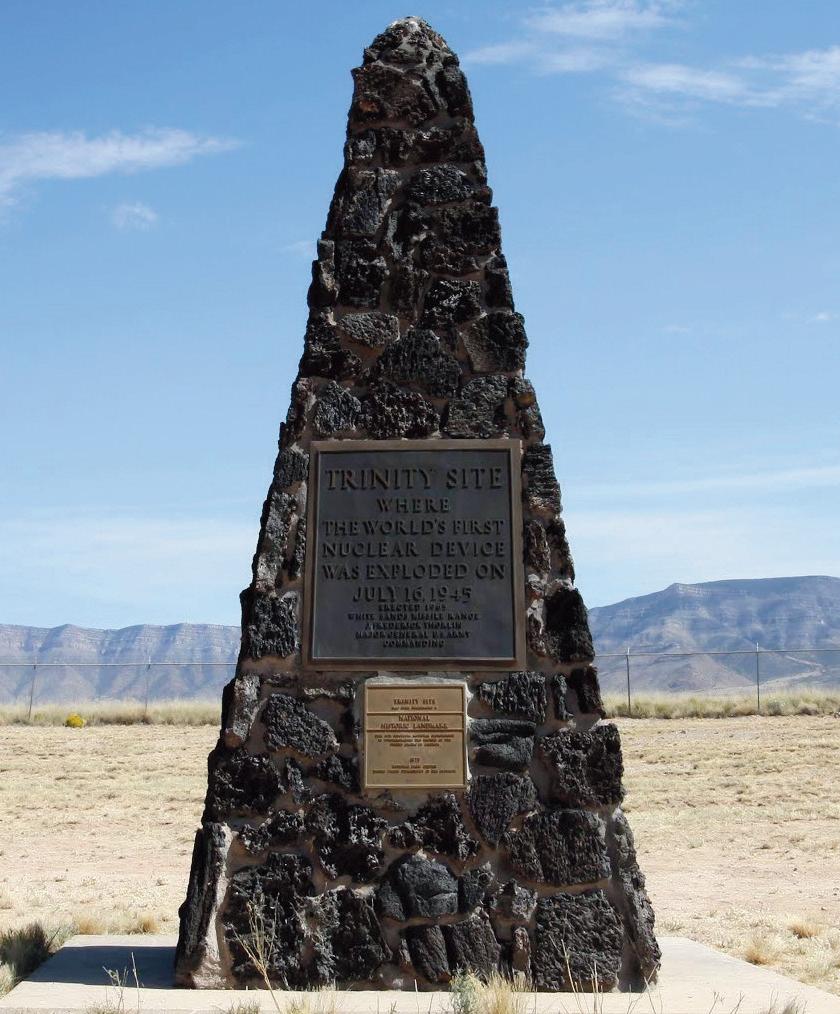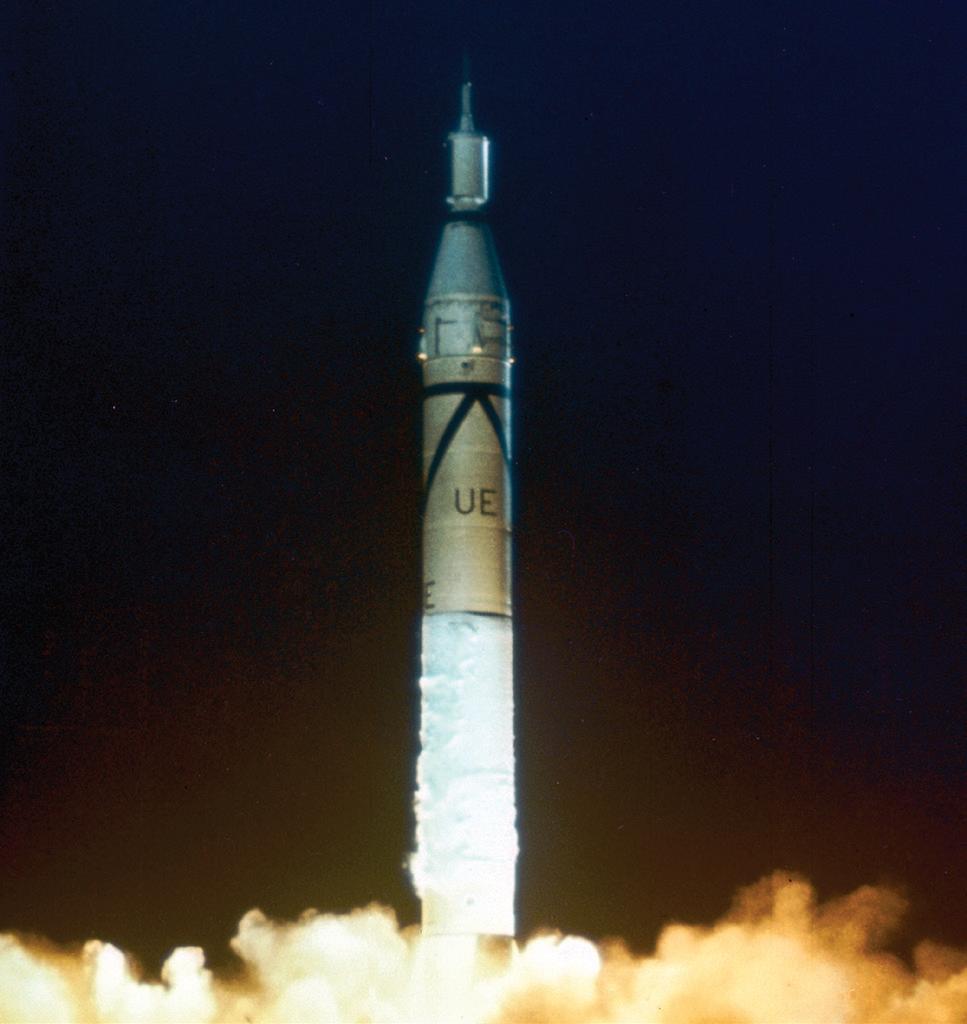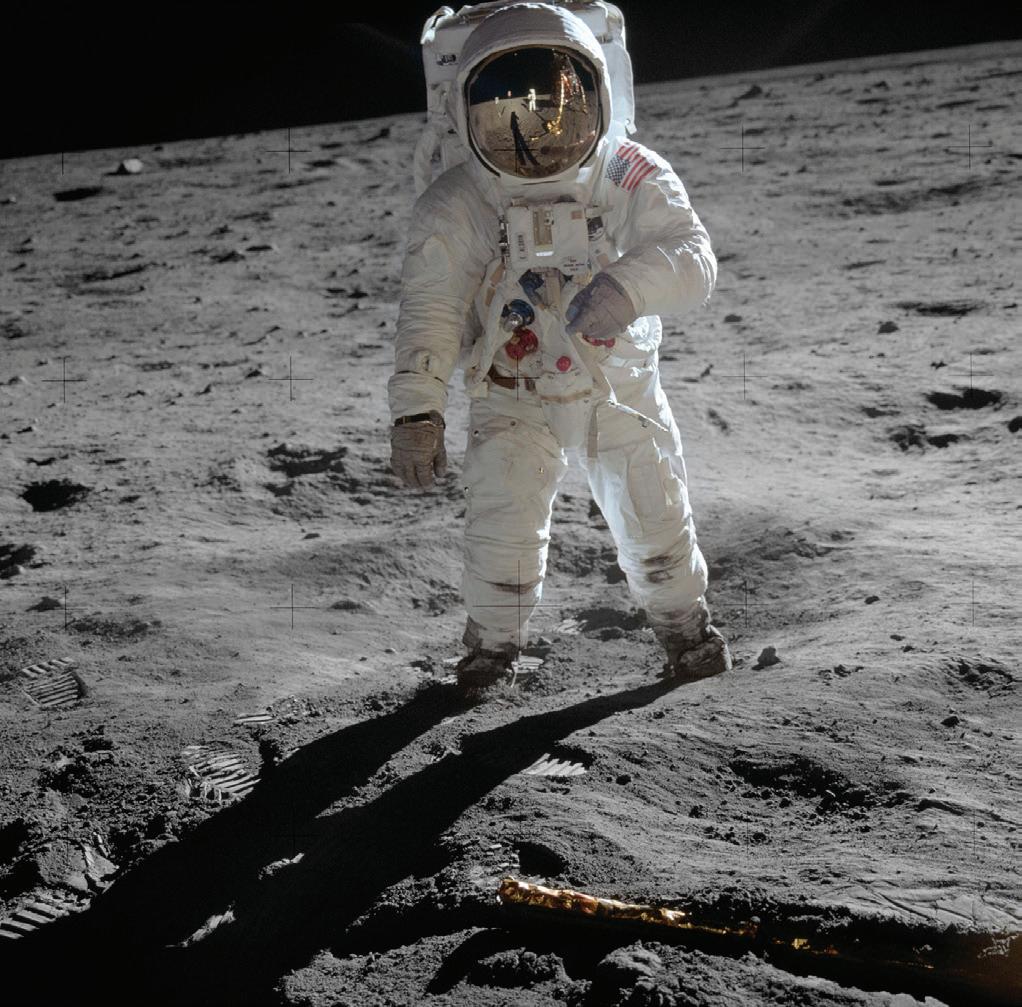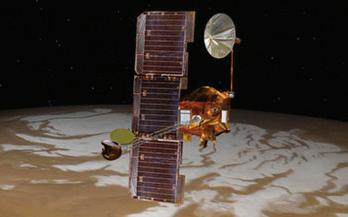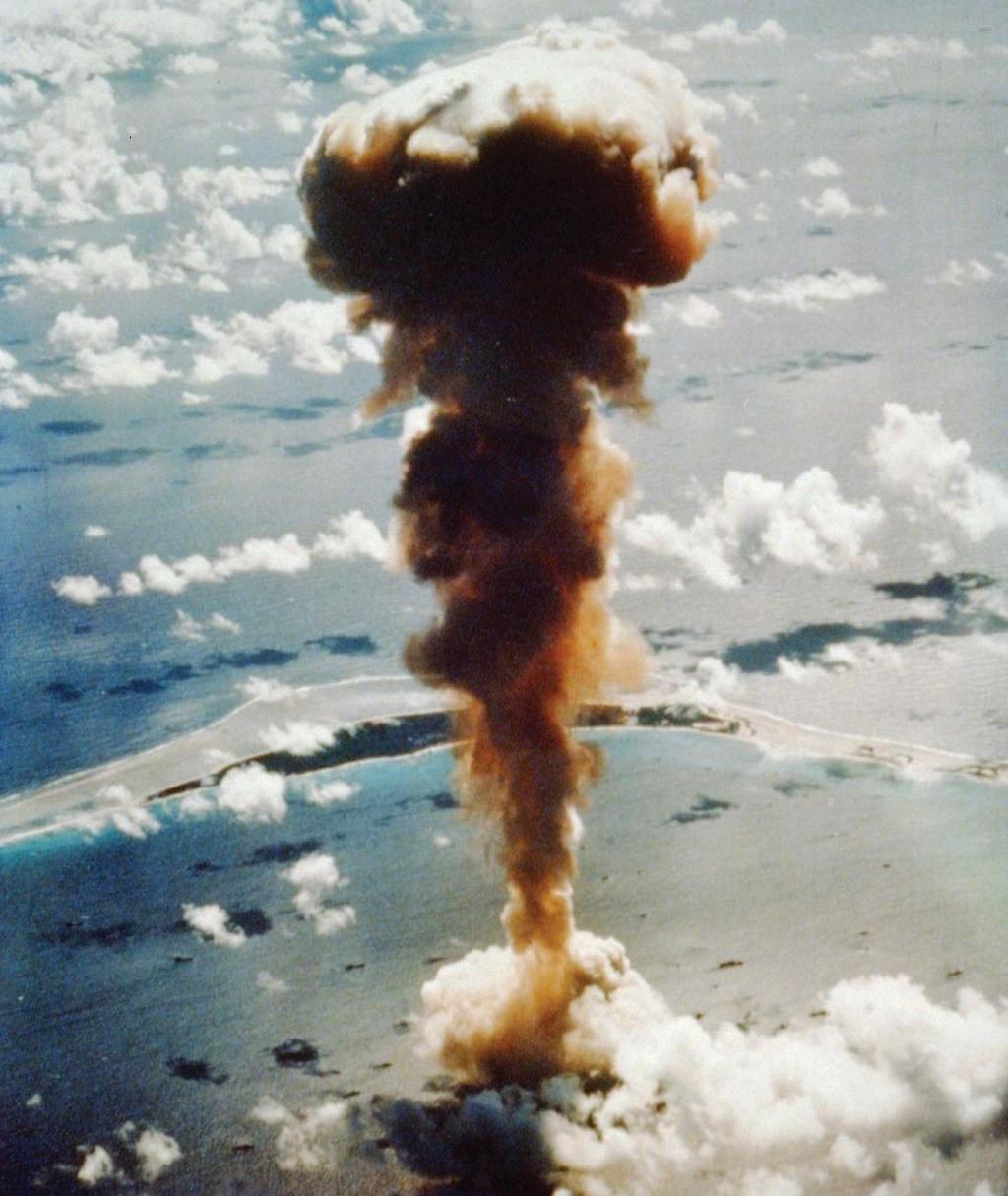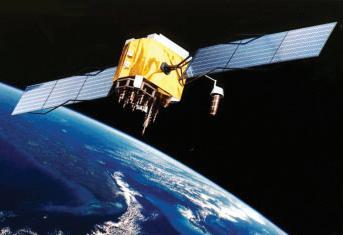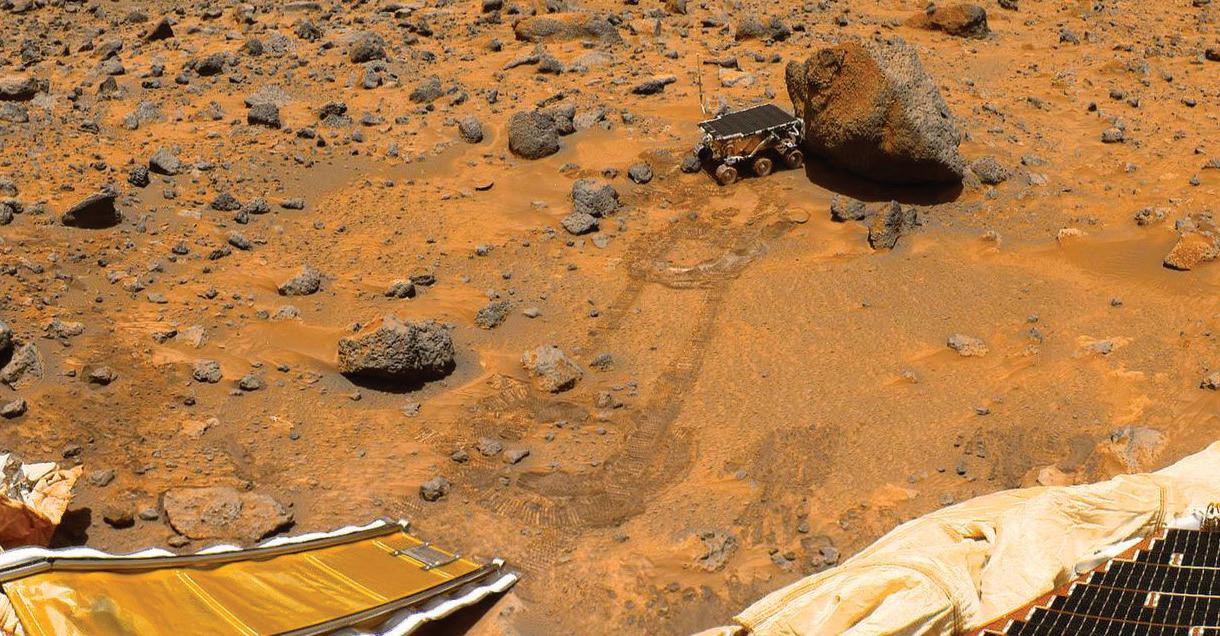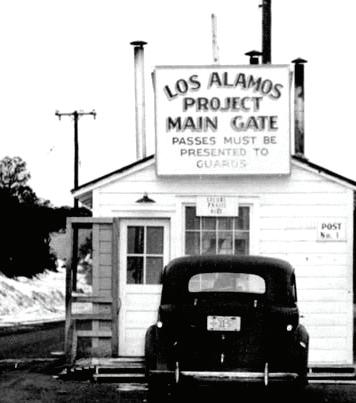
4 minute read
2020 and FORWARD
11
2020 MEDICINE SECURITY COMPUTING SPACE INDUSTRY Manhattan Project: America’s Groundwork for Innovation in
Advertisement
Ultrasonic Imaging
At Los Alamos National Laboratory, a team of scientists invented a technology that uses sound to see through solid objects. By developing the innovative sound beam known as ACCOBeam, researchers can now identify issues several miles into the ground when exploring for natural resources and can improve long-range communications, imaging, and video transmission beneath the world’s deepest oceans.
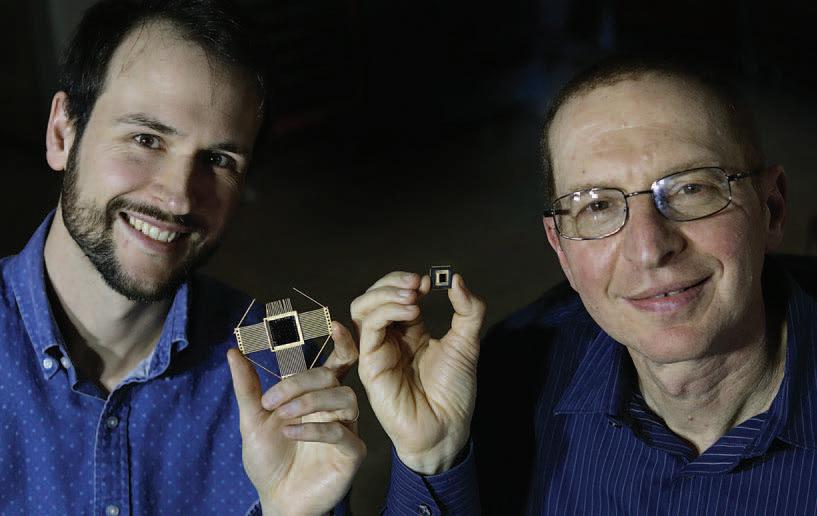
Neuromorphic Computing
As the demands on computers rapidly change to more data-centric tasks — such as image processing, voice recognition or autonomous driving — the need for more efficient computing grows just as rapidly.
Sandia researcher Elliot Fuller introduced a novel approach to parallel programming of an ionic floating-gate memory array, which allows processing of large amounts of information simultaneously in a single operation. The research is inspired by the human brain, where neurons and synapses are connected in a dense matrix and where information is processed and stored at the same location.
Wave Propagation
Physicist Eric Herbold used X-ray measurements and analyses to show that velocity scaling and dispersion in wave transmission is based on grainy particle arrangements and chains of force between them, while reduction of wave intensity is caused mainly from grainy particle arrangements alone.
Stress wave propagation through granular material is important for detecting the magnitude of earthquakes, locating oil and gas reservoirs, designing acoustic insulation and designing materials for compacting powders.
Earlier research, dating back to the late 1950s, described “what” may be happening to the material underlying wave propagation, but the new research provides evidence for “why.”
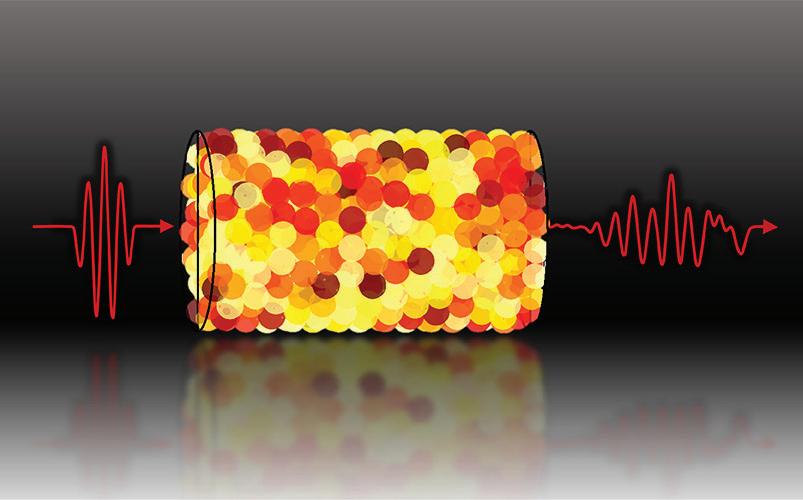
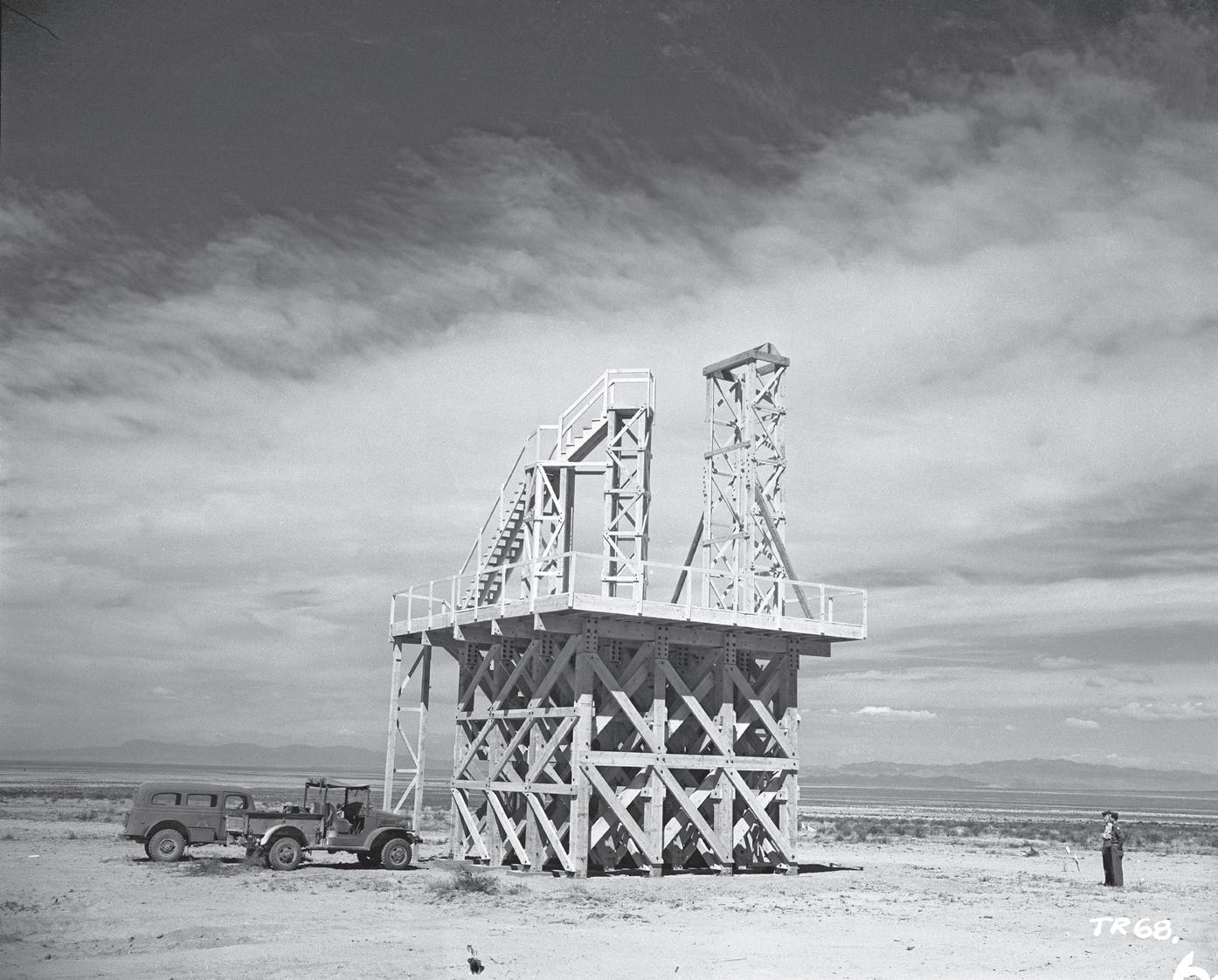
... and Forward
America’s National Laboratories have been changing and improving the lives of millions of people for over seven decades. Born at a time when the world faced a dire threat, the laboratories have come together to advance science, safeguard the nation and protect our freedoms for generations to come. The original network of Department of Energy Laboratories has grown into 17 facilities, working together to foster prosperity and invention for decades to come.
Sir:
Some recent work by E. Fermi and L. Szilard, which has been communicated to me in manuscript, leads me to expect that the element uranium may be turned into a new and important source of energy in the immediate future. Certain aspects of the situation which has arisen seem to call for watchfulness and, if necessary, quick action on the part of the Administration. I believe therefore that it is my duty to bring to your attention the following facts and recommendations:
In the course of the last four months it has been made probable−through the work of Joliot in France as well as Fermi and Szilard in America-that it may become possible to set up a nuclear chain reaction in a large mass of uranium, by which vast amount of power and large quantities of new radium-like elements would be generated. Now it appears almost certain that this could be achieved in the immediate future.
This new phenomenon would also lead to the construction of bombs, and it is conceivablethough much less certain-that extremely powerful bombs of a new type may thus be constructed. A single bomb of this type, carried by boat and exploded in a port, might very well destroy the whole port together with some of the surrounding territory. However, such bombs might very well prove to be too heavy for transportation by air.
The United States has only very poor ores of uranium in moderate quantities. There is some good ore in Canada and the former Czechoslovakia, while the most important source of uranium is the Belgian Congo.
In view of this situation you may think it desirable to have some permanent contact maintained between the Administration and the group of physicists working on chain reactions in America. One possible way of achieving this might be for you to entrust with this task a person who has your confidence and who could perhaps serve in an inofficial capacity. His task might comprise the following:
a) to approach Government Departments, keep them informed of the further development, and put forward recommendations for Government action, giving particular attention to the problem of securing a supply of uranium ore for the United States:
b) to speed up the experimental work, which is at present being carried on within the limits of the budgets of University laboratories, by providing funds, if such funds be required, through his contacts with private persons who are willing to make contributions for this cause, and perhaps also by obtaining the co-operation of industrial laboratories which have the necessary equipment.
I understand that Germany has actually stopped the sale of uranium from the Czechoslovakian mines which she has taken over. That she should have taken such early action might perhaps be understood on the ground that the son of the German Under-Secretary of State, von Weizsacker, is attached to the Kaiser-Wilhelm-Institut in Berlin where some of the American work on uranium is now being repeated.
Yours very truly,
Albert Einstein

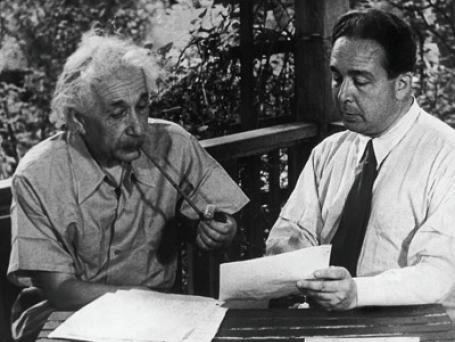
In August 1939, six months after physicists Otto Hahn and Fritz Strassman had demonstrated the process of nuclear fission, Albert Einstein, at the urging of physicist Leo Szilard, sent a letter to President Franklin D. Roosevelt about the danger of Nazi Germany creating an atomic bomb.
Trinity Test 75 YEARS
